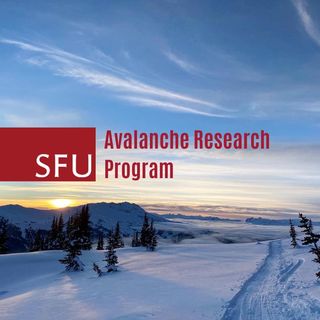Improving the applicability of large-scale distributed snowpack simulations for operational use in avalanche forecasting
Abstract
Numerical snow stratigraphy simulations offer opportunities to improve the quality, consistency, and efficiency of avalanche forecasting by extending existing information sources. However, their large-scale operational application has long been hampered by issues of information overload, validity concerns, and interpretation challenges. This dissertation consists of four articles that aim to help address the practical needs and operational challenges around computer-assisted avalanche forecasting by improving the applicability of largescale distributed snowpack simulations. First, I developed a layer matching algorithm and a similarity measure to numerically process snow stratigraphy profiles similar to human forecasters. These methods allow profiles to be compared and represent the foundation for automatically clustering and summarizing detailed snow stratigraphy data. Second, I extended this approach to synthesize large volumes of profiles into representative profiles that elicit the predominant snow layering and allow for compiling of informative summary statistics and distributions of layer properties. Third, I compared the simulations from a weather and snowpack model chain against human hazard assessments to examine their capabilities to represent persistent critical avalanche layers across three forecast regions in western Canada and over ten winter seasons. This study found encouraging agreement for most layers that were of operational concern. And fourth, I established a spatial approach for extracting the characteristics of storm and persistent slab avalanche problems from distributed snowpack simulations while preserving knowledge about individual layers across space and time and compared the numerical predictions against human assessments. Despite seasonal agreement, our comparison revealed considerable discrepancies in day-to-day variations and highlights strengths and weaknesses of either data source. Overall, the introduced methods create new opportunities for avalanche forecasters to tap into a wealth of simulated data in practical ways. In addition to the direct tools and insights presented in this dissertation, this research contributes towards the implementation of ensemble snowpack simulations to advance probabilistic model support for avalanche forecasting..
Click here to access a copy of Florian’s thesis.

